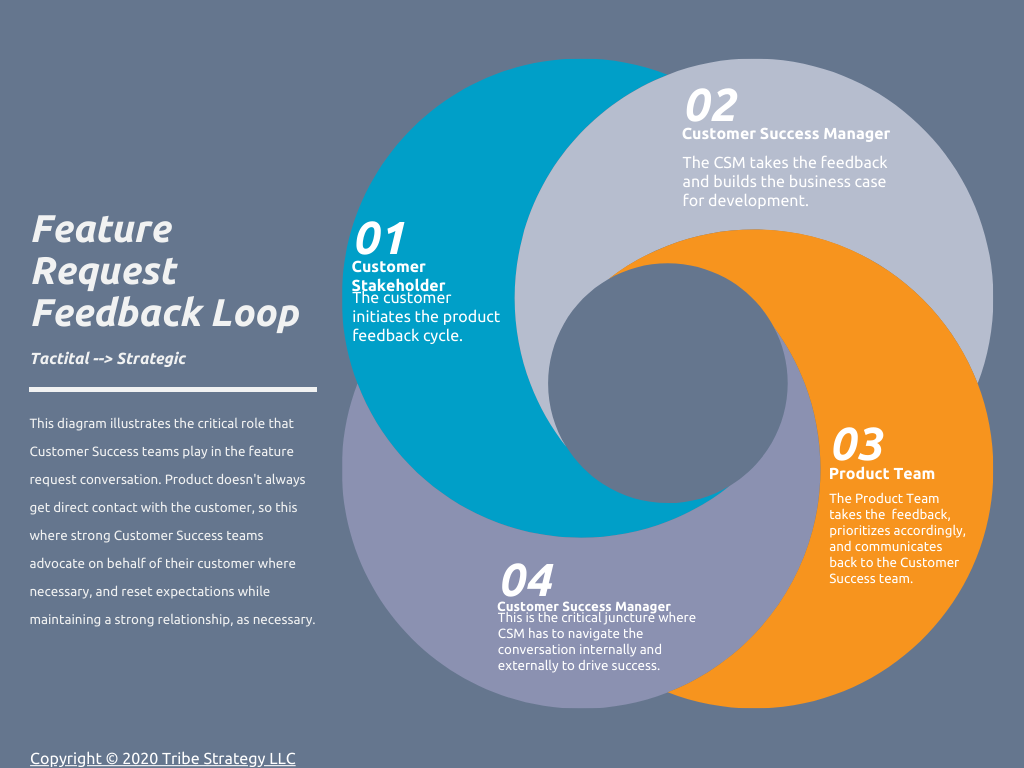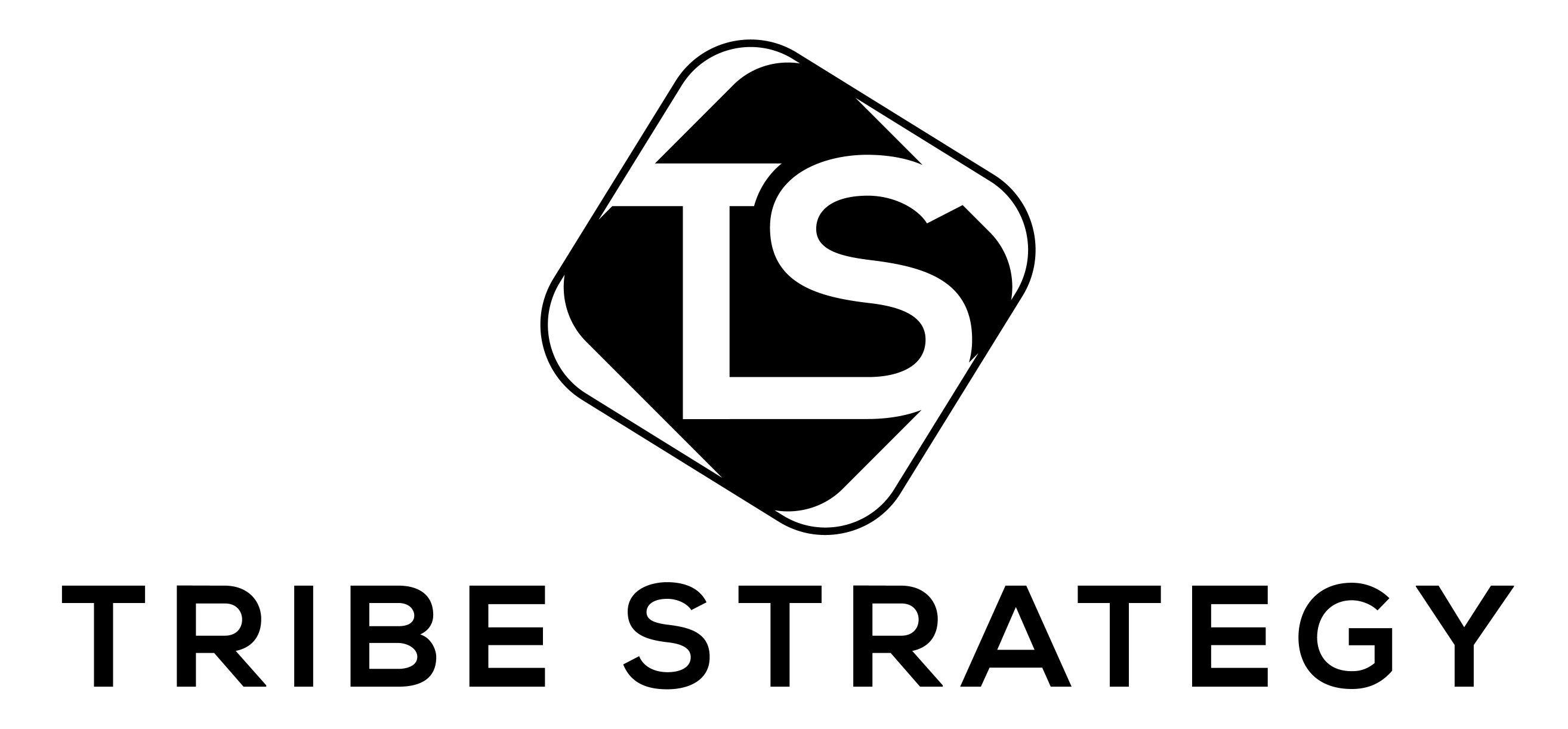Amid COVID-19, globally, we have been in the midst of a challenging season. Even in adversity, the ebbs and flows of daily society continue, and a critical component of furthering our communities is education. We have to educate our future scientists to study pandemics, global leaders to lead during crises, and Customer Success Managers to be the ears and eyes on the front line in an everchanging market. Education remains essential, and the school year is back upon us again. Although the environment for many will look different with virtual learning programs in place, the return of a new school year is a subtle reminder to adults that we were once children. Thinking back to childhood games that we used to play in elementary school (pre-pandemic era), there are a few that come to mind. In the coming weeks, we’re releasing a series of posts on how we still play some of those games in the world of customer success. This is part 1 of 3.

One such game is musical chairs. It is a simple game still played in classrooms around the world to this day. Musical chairs is a game where music plays in the background, and everyone walks around a set of chairs until the music stops, and everyone must sit down in the available chairs to continue to the next round. The catch is that there is always one less chair than the number of people playing the game. The one person left without a chair in every round becomes the loser until only two remain in the final round of the game. It’s an exciting game full of movement, eagerness, and suspense, but a zero-sum game nonetheless. Zero-sum games where there are always winners and losers do not bode as well in the 21st-century world of business, and the SaaS (Software as a Service) world is no exception. In a SaaS environment, a successful company strives to keep each customer for life. Therefore, it is based on mutually beneficial long-term relationships and can not be transactional. Thus, there can be no zero-sum games.
With that brief background on the game of musical chairs, what does that look like in customer success? What happens when the proverbial “music” – conversation, email, meeting, or interaction, stops? While the secondary goal is for everyone involved to have a “chair,” the primary goal is to ensure that the customer always has a chair to sit in when the music stops. Here are some examples of the “chair” that we’ll cover:
- • The Upsell Chair
- • The Onboarding Chair
- • The Product Roadmap Chair
- • The Problem Solver’s Chair
We’ll break these scenarios down to ensure that the customer’s chair is not overlooked.
The Upsell Chair
There is an ongoing debate about who should drive upsell activities within accounts. There is a school of thought that says the Customer Success Manager should own that upsell because they have the relationship, they know what’s happening within that account, and they should be the ones to drive that process. There is an alternative thought that the sales function should get involved in driving the upsell. For organizations where this is a gray area, this scenario quickly becomes a game of musical chairs. Sales and customer success organizations work to figure out who should be doing what and the customer gets lost in the discussion. Customer success and sales leadership should collaborate effectively, and there should be clear direction as part of the rollout of any new customer success program, with the upsell function revisited annually. The more time spent on deliberating on who owns it, the further teams get from the most crucial part of this dynamic – the customer.
This is not a simple operational challenge and ultimately has a tremendous impact on the business culturally. Clarity is vital, as confusion taints sales processes and slows down the opportunity. Consider a documented and defined workflow on who is responsible for the three milestones of the upsell cycle:
- Identifying the upsell opportunity
- Progressing the upsell opportunity
- Closing the upsell opportunity
Suppose the customer success organization operates in a hybrid model where the CSM is individually responsible for upselling revenue and driving opportunities to close, independently of the sales team. In that case, the expectations should be articulated to individual Customer Success Managers as early as their interviewing process. Otherwise, potential opportunities become an ongoing game of musical chairs, and when the music stops, someone is left without a place, and all too often, it is the customer.
The Onboarding Chair
“A poor onboarding experience is hard to come back from and is the fastest way to lose a customer. It’s critical to actively think about the entire customer journey – define it, map it, document it.”
-Paul Philp, CEO of Amity
The most important part of the customer journey is during the onboarding/implementation phase. Two common challenges arise for customer success teams here: product expectations and the onboarding experience, yet we’ll focus on the latter for the sake of this discussion (although the former is a topic that we’ll dive into in a future blog post).
A subpar onboarding experience can significantly impact the customer’s long term adoption of a solution. Furthermore, most companies could stand to revisit their current onboarding process.
According to Wyzowl, “Over 90% of customers feel that the companies they buy from ‘could do better’ when it comes to onboarding new users/customers”.
Adoption metrics and timelines vary from organization to organization. Still, there is a direct correlation between the quality of the initial onboarding process and the long-term stickiness of that customer. The better the onboarding process, the more engaged the user(s) will be with the product.
When the onboarding cycle is managed entirely independently of customer success, there is a definitive beginning and end to this phase. Once the customer is using “x” features, or the customer’s environment has been configured to “y” requirements, the onboarding piece is complete, and the customer is subsequently transitioned to the Customer Success Manager. This becomes a game of musical chairs because a customer completes onboarding and then is handed off to a Customer Success Manager, who then has to do a review with the onboarding team or review notes. This could take a few hours or a few weeks, depending on complexity. Again, this assumes that the onboarding went smoothly, and nothing is remaining for the Customer Success Manager to address. Yet, that is rarely the case.
The ideal state is to align customer success with a customer based on segmentation as early as possible. The Customer Success Manager doesn’t have to be 100% responsible for implementation. Neither does the Customer Success Manager have to be on every onboarding call. However, there should be visibility into the customer’s configuration, contract terms, and key stakeholders. This approach allows for a warm handoff once onboarding is complete and enables the Customer Success Manager to catch potential red flags the implementation team may have missed. Of course, this depends on the solution’s complexity, but the more complex the solution and customer, the more beneficial it is to bring in the Customer Success Manager sooner in the relationship. Even if there are challenges, the Customer Success Manager can begin to strategize ahead of time to drive adoption in light of potential difficulties.

The Product Roadmap Chair
The next place where we see this constant game of musical chairs is between product management and customer success. Companies are starting to build out sophisticated models to collect feature requests and product feedback and process it all through structured workflows. The feedback lands with product managers, who then prioritize the different feedback points and work to determine where the most value will come from in terms of building it into the product. Product and customer success are most in alignment across SaaS organizations, but this becomes a game of musical chairs when top tier customers are clear about what they want, but those features don’t get prioritized. This doesn’t happen just because the product team doesn’t care. Customer success teams have to dialogue and strategize and campaign on behalf of their customers. Some product teams get hundreds or even thousands of feature requests regularly. The product team continues to ask the Customer Success Managers for feedback from the field, but it has to be collective, clear, and consistent. Without pro-active campaigns in place, feature requests get overlooked, which means they never get included in development sprints as a high priority. The music just keeps playing, but the Customer Success :
When a feature request on the roadmap but down the line, or it doesn’t get adequately prioritized, it leaves the door open for a competitor to come in with that one specific feature, and boom, the customer is gone. Sometimes, the biggest customer is the only customer that wants a particular feature. Ironically, the biggest customers have the biggest budgets and are usually willing to pay to get a much-needed feature baked into the product, but the Customer Success Manager has to be savvy enough to navigate that discussion with both parties. It is essential that you have systems in place to:
- Effectively collect feedback from customers
- Build momentum around that feature with other customers across the business or with customer long term value in mind
- Communicate requirements effectively it to the product teams
- Prioritize it based on future impact and demand efficiently, with all variables under consideration
- Communicate effectively and honestly back to customers on what is a priority and what isn’t (documenting the customer’s response)
- Build the features into the product within a reasonable timeline based on the expectations set with the customer
- Rinse and repeat
The Problem Solver’s Chair
The next area we see the game of musical chairs is when it comes to solving customer problems. A typical scenario is that a support rep is dealing with an issue, and the customer expresses a challenge that may be more strategic in nature. Because the support person is already in problem-solving mode, they proceed to try to fix something that is truly strategic or requires more research and collaboration. The support rep approaches it as a technical problem when it could be more of an adaptive challenge that requires change management and other conversations to address appropriately. They proceed to use the tools at their disposal to try to solve the issue when they should probably bring in the Customer Success Manager to partner on the item to begin to understand what’s going on and how to get it resolved. So it becomes a situation where the customer has an issue that the assigned Customer Success Manager doesn’t even know this issue is happening. They may not get this information until the next time that they meet with the point of contact or if they happen to communicate with the support rep or after some back-and-forth that the support rep has with the customer. The issue now lingers, affecting Customer Satisfaction and potentially Net Promoter scores (two different things).
On the flip side of that, there are times when a Customer Success Manager may be conducting a Quarterly Business Review, and the customer brings up something that probably should go to support. For business reviews, the Customer Success Manager should be in strategic mode. Yet, as a natural response, they may proceed to try to fix that issue and jump to solve when it’s just a straightforward issue that support can handle. The game of musical chairs begins because this issue is now in the wrong hands, and people are just trying to do their jobs. Ultimately, not realizing they need to collaborate with other people to get this done from other functions.
Support reps and Customer Success Managers overlap in terms of core skills, and both functions are more likely to be disposed to want to help, fix things, and solve problems. Either individual may end up spending days or even weeks on an issue that requires more collaboration. Here are some solutions:
- Establish a weekly touchpoint between customer success and support leadership to briefly discuss overlapping cases or odd questions that may have come up in the day-to-day work.
- Create automation in the help desk solution that alerts the Customer Success Manager based on specific triggers, such as “case opened by”, or “age of case in days”.
- Create a simple qualifying checklist for Customer Success Managers to consider when presented with an issue to determine if it should go to support.
These considerations create checks and balances within an organization’s ecosystem to maximize responsiveness to issues by the right teams and minimize things slipping through the cracks.
Every organization is different, and customer success is a discipline that continues to mature, and these elements are part of the growing pains of being in the industry. Let us be mindful of the game of musical chairs where the customer is left standing up because that makes it easier for them to walk out of the room.
